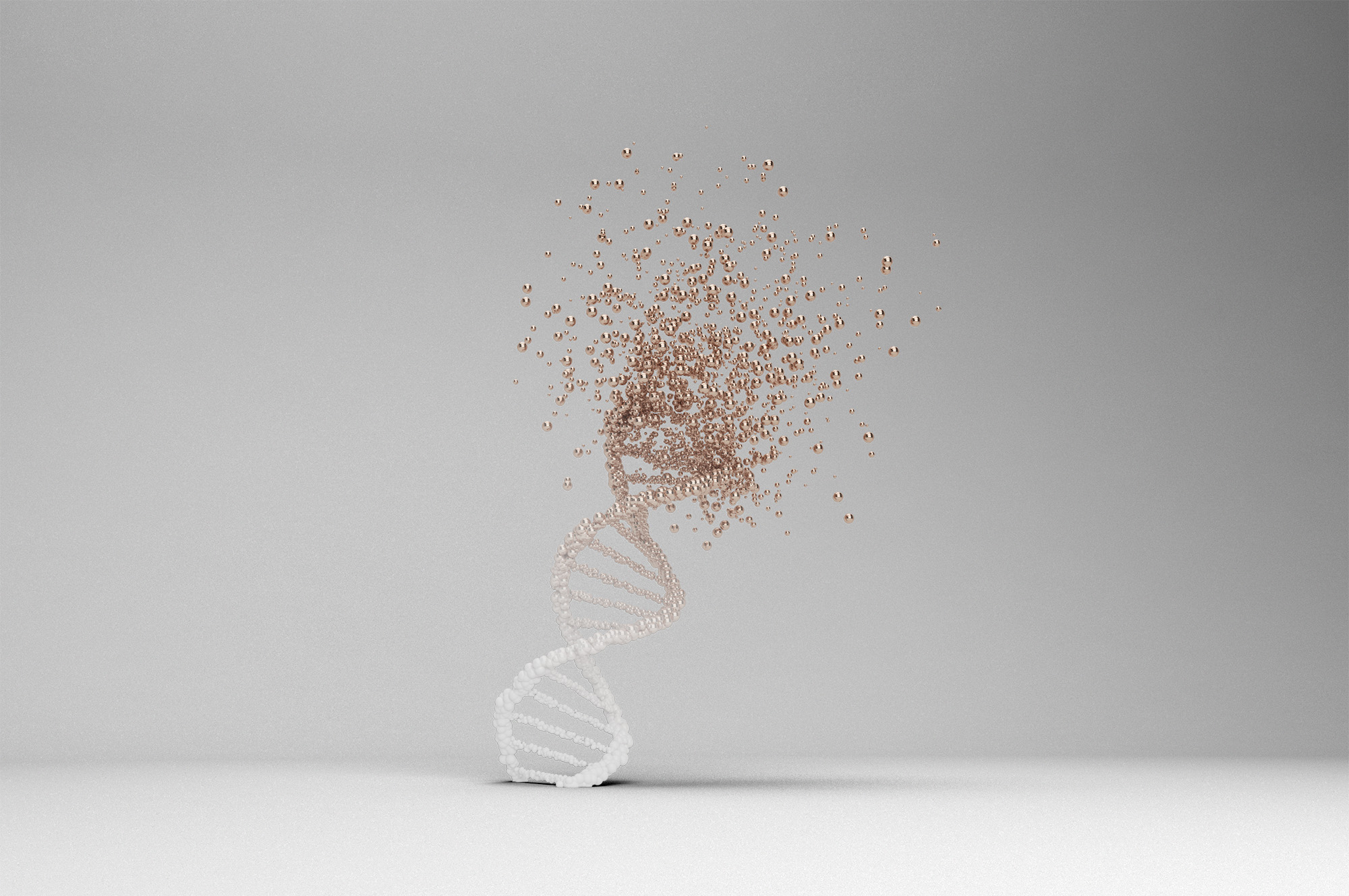Results from NOVOS’ first two studies provide evidence of protective effects against DNA damage and cellular senescence
Recently, NOVOS announced the results of two studies demonstrating that the combination of ingredients in NOVOS Core and NOVOS Boost, protect against DNA damage and cellular aging (senescence). I had the pleasure of sitting down with Longevity.Technology to discuss these findings and their significance not only to NOVOS but also to the longevity community as a whole.
The interview covers my thoughts on the results from two in vitro human studies that investigated how NOVOS’ formulations impact DNA damage and cellular senescence. In this post, I provide additional thoughts, which align with my reduction in biological age based on epigenetic clocks, as well as according to other biomarkers.
The First Study: DNA Damage
The first study examined whether NOVOS’ formulas (Core and Boost) could reduce DNA damage caused by radiation. The study was carried out by a third-party lab that specializes in longevity studies for biotechs and pharma, Ichor Life Sciences.
Prior to running the study, the researchers warned us not to get overly hopeful about the potential findings. They said they had carried out millions of dollars worth of experiments on natural substances and pharmaceutical drugs, and the results were very disappointing; they cautioned us to expect the same for our study.
Months later, when the study was completed, we received an email that read, “I have just finished compiling all of the data for the Phase I and Phase II experiments … we were all surprised and enthused by this result.” In the followup call, we learned that they were so surprised, they called their CEO to share the results prior to us!
“I have just finished compiling all of the data for the Phase I and Phase II experiments … we were all surprised and enthused by this result.”
Ichor Life Sciences Researcher
The study found that NOVOS’ patent-pending formulations were able to reduce DNA damage to human cells across a wide range of dosages by as much as 77% and, on average, 68%.

These results for protecting against DNA damage are not typical, and we believe they are owed to the synergistic nature of our proprietary combination of longevity ingredients.
Learn more about DNA damage and aging in this 2021 Nature paper, which states, “Here we synthesize accumulating evidence that DNA damage affects most, if not all, aspects of the ageing phenotype, making it a potentially unifying cause of ageing. Targeting DNA damage and its mechanistic links with the ageing phenotype will provide a logical rationale for developing unified interventions to counteract age-related dysfunction and disease.”
The Second Study: Cellular Senescence
For this study, we handed the research off to a world authority on DNA damage and cellular senescence, Professor Thomas von Zglinicki, Ph.D., of the Ageing Research Laboratories at Newcastle University.
As you may recall, senescent cells are one of the 10 hallmarks of aging and a powerful one at that. Also referred to as “zombie cells,” senescent cells have a senescence-associated secretory phenotype (SASP), wherein they secrete high levels of inflammatory cytokines and other damaging molecules, which leads to a cascade of negative effects, including “inflammaging” and additional senescent cells.
Cellular senescence is among the more promising areas of study and innovation in longevity research.
Dr. von Zglinicki’s research found that a combination of ingredients in NOVOS’ formulations was able to exhibit a senostatic effect on human cells (in vitro), with effect sizes comparable to the holy grail of longevity prescriptions, rapamycin. (Note that the scale of the Y-axis is larger for the rapamycin chart, so it visually looks more dramatic than it actually is.)


This is significant because rapamycin has been found to extend health span and/or lifespan for every species studied. In fact, an advisor to NOVOS, Dr. Matt Kaeberlein, is famous for his work with rapamycin and its impact on dogs’ health in the Dog Aging Project (see Time Magazine feature).
In my humble opinion — informed by scientists with whom I work — a senostatic effect is likely superior to a senolytic effect at this time. Senolytics can have unintended consequences, such as damage to healthy cells, including stem cells. Also, as Dr. Judith Campisi of the Buck Institute has emphasized, destroying too many or certain types of senescent cells could lead to negative effects on health and aging, because at times they can serve a function. So, keeping them intact but shrinking them and minimizing their deleterious effects is the safe bet, and on par with rapamycin.
Yet, compared to rapamycin, NOVOS is 100% natural, is available over-the-counter, is formulated to address additional causes of aging, and has short-term benefits.
It’s why I’ve been taking NOVOS continuously since it was a prototype more than three years ago.
Where Does This Leave Us?
This is just the beginning. When I founded NOVOS, it was out of a genuine desire to extend the healthy lifespans of my family, friends, community, and myself. These two results are not enough to form definitive conclusions; more work needs to be done via additional studies.
With that said, having based NOVOS’ formulations on research from thousands of studies, narrowing down to a small subset of candidate ingredients, receiving “insider” scientific perspectives from our Scientific Advisory Board and other scientists not officially on our team, and landing on a formulation that is backed by more than 190 scientific studies in humans and many other species, these first two studies’ results were certainly pleasant, but I can’t say we were surprised!

